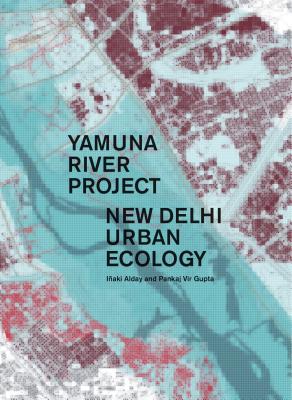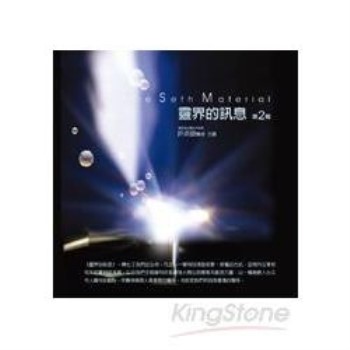This publication presents the result of more than three consecutive years of focused research initiatives and designs from The University of Virginia School of Architecture towards the revitalization of New Delhi’s water bodies.
With support from the Delhi Government and its status of the first pan-universtiy "Grand Challenge Project’"at the Unviestiy of Virginia, The Yamuna River Project (through the research, methodologies, and designs contained within this publication) aims to serve as a catalyst for the urgent recovery of the Yamuna River and its tributaries, building a publicly accessible body of information and expertise resulting in visions of what an alternative future would be. In collaboration with the Delhi Jal Board, The University of Virginia’s Yamuna River Project is an inter-disciplinary research program, proposing to revitalize the ecology of the Yamuna River in New Delhi, and creating vital urban links with the Yamuna river, as it flows through India’s capital city.
The XXI century has been described as the century of the cities. With 22 million inhabitants, Delhi is the second most populous city in the world, and the first in the developing world. With the Yamuna River as its anchor, Delhi has served as a capital city for over eight centuries – for the Mughal Empire, the British Raj, and for post-independence India. The construction of the British capital initiated the change in the relation between the river and the city, severing the traditional spatial interdependence. The dramatic contemporary situation is thus that of a sacred river, with polluted waters, crossing a forgotten floodplain, cut and encroached by haphazard infrastructure, illegally occupied and exploited, and one from which the city, uncharitably, now looks away.
The Najafgarh Drain is the first tributary of the Yamuna River in Delhi and its first source of flow after the Wazirabad Barrage, prior to which 100% of the water coming from the Himalayas has been captured for drinking and irrigation. Stretching 58 kms in the national Capital Territory of Delhi after crossing different neighborhoods and agricultural territories of the metropolis, the Najafgarh Drain accounts for 60% of the pollution in the Yamuna. While the Delhi Jal Board is committed to address the specific aspect of the sewage infrastructure, a number of questions remain without answer. The thesis of this investigation states that the ecological water crisis facing Delhi is the result of 150 years of neglect towards the water bodies during decades of urban development. Only by addressing human equality and the complexity of Delhi’s urban phenomenon can the social and ecological crisis manifested through these neglected water bodies be solved.











